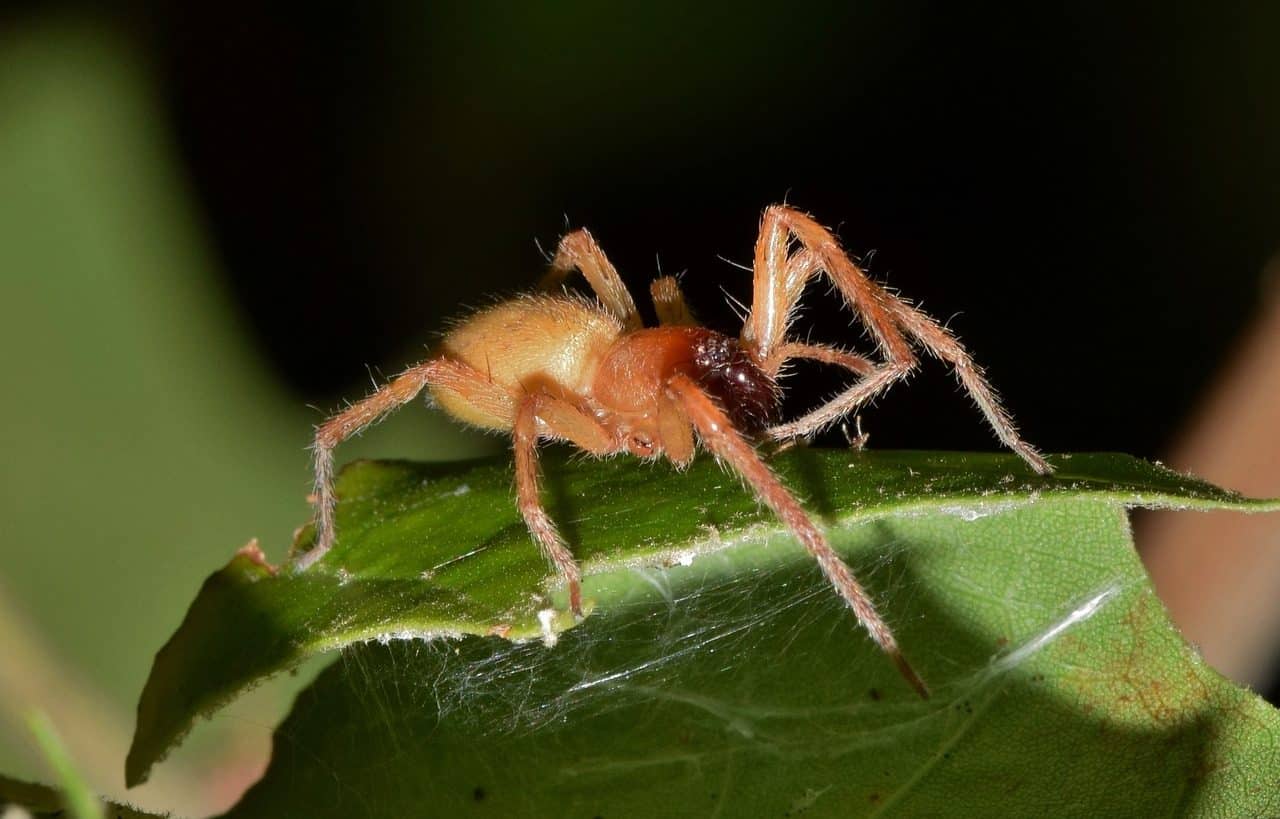
A toxin is a poison of organic origin.
A toxin is a poison produced by a bacteria , plant , or animal . Toxins, therefore, are substances whose origin is organic . These proteins or molecules can cause different types of physical damage.
It is important to keep in mind that the effects of toxins, which act by being absorbed or simply by establishing contact, are very varied. Some toxins only cause a slight itch on the skin , while others can cause death within minutes.
On the other hand, Toxin (or “Toxin” , in its original language) is also the name of a Marvel Comics character and the title of a novel written by Robin Cook .
Types of toxin
According to their chemical composition, it is possible to differentiate between carbohydrate-lipid-polypeptide toxins and protein toxins . In the first set, in turn, we can recognize neurotoxins , hemotoxins , myotoxins and mycotoxins , which are defined below:
- Neurotoxins : they are a large group of exogenous chemical substances (they are formed outside an organism) capable of causing negative effects on the function of nervous tissue , regardless of the stage of its development. The word used to represent these neurologically harmful toxins comes from the ancient Greek terms equivalent to “nerve” and “toxin.” It is worth mentioning that we also speak of neurotoxin to refer to endogenous compounds that can damage the nervous system if they are found in unusual concentrations.
- Hemotoxins : these are toxins that eliminate red blood cells from the blood (this destructive phenomenon is known as hemolysis ), interrupt the flow of blood by coagulating it, generate deterioration of certain organs and damage various tissues. That said, it is possible to see that the etymology of the term is not entirely precise, since this type of toxin not only damages the blood. A wound caused by a hemotoxic agent usually causes pain and leaves permanent injuries. Even when treatment is applied immediately, it is common for it to become necessary to amputate the affected limb.
- Myotoxins : they are small peptides found in the venom of some snakes, such as the rattlesnake . A peptide, for its part, is a type of molecule that is formed when several amino acids are joined through bonds called peptides , that is, those that occur between the amino group of one amino acid and the carboxyl group of another. It should be noted that these mixtures present great complexity. The toxins secreted by some snakes can destroy skeletal muscle cells, thus facilitating the digestion of their prey.
- Mycotoxins : as can be seen in their etymology, which refers us to two ancient Greek words that we can translate as "fungus" and "poison" , mycotoxins are produced by the fungi kingdom , within which we find yeasts, molds and mushrooms . These are toxic substances that can affect certain vertebrate animals in relatively low concentrations, and those that exclusively damage plants and bacteria are not included in this group. Although it may seem a bit arbitrary, poisonous mushroom toxins do not fall into this category either.

Spiders use toxins to capture their prey.
Its functions
It should be mentioned, on the other hand, that toxins have different functions according to the producing organism . In the case of mushrooms and bees , for example, toxins allow the organism to defend itself against predators. Snakes and spiders , on the other hand, rely on the production of toxins to catch their prey.
Take the case of bees. This animal produces a toxin that it injects into its enemies through a stinger . Any person who has been stung by a bee, therefore, received its toxin, which causes different discomforts in humans.
